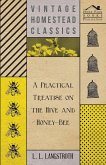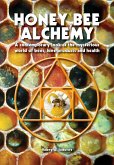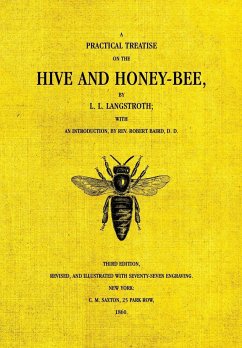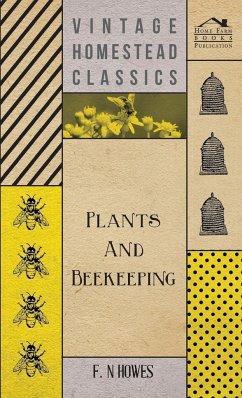In 1853, Langstroth published The Hive and the Honey-Bee (Northampton (Massachusetts): Hopkins, Bridgman, 1853), which provided practical advice on bee management and, is the basis of this publication. Langstroth revolutionized the beekeeping industry by using bee space in his top-opening hive. In the summer of 1851 he found that, by leaving an even, approximately bee-sized space between the top of the frames holding the honeycomb and the flat coverboard above, he was able quite easily to remove the coverboard, which was normally well cemented to the frames with propolis, making separation hard to achieve. He later used this discovery to make the frames themselves easily removable. If a small space was left (less than 1/4 inch or 6.4 mm) the bees filled it with propolis; on the other hand, when a larger space was left (more than 3/8 inch or 9.5 mm) the bees filled it with comb. On 5 October 1852, Langstroth received a patent on the first movable frame beehive in America. A Philadelphia cabinetmaker, Henry Bourquin, a fellow bee enthusiast, made Langstroth's first hives for him and by 1852 Langstroth had more than a hundred of these hives and began selling them where he could. Langstroth spent many years attempting to defend his patent without success. He never earned any royalties because the patent was easily and widely infringed. Langstroth hives are still in common use today.








